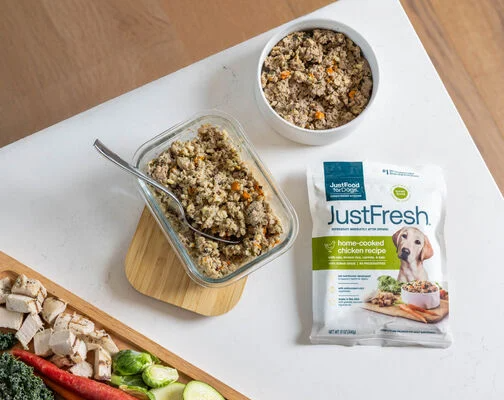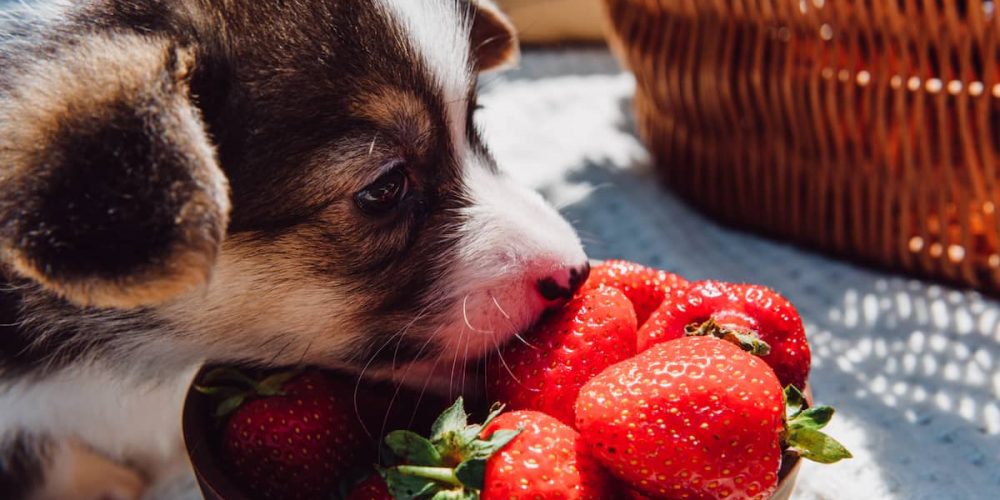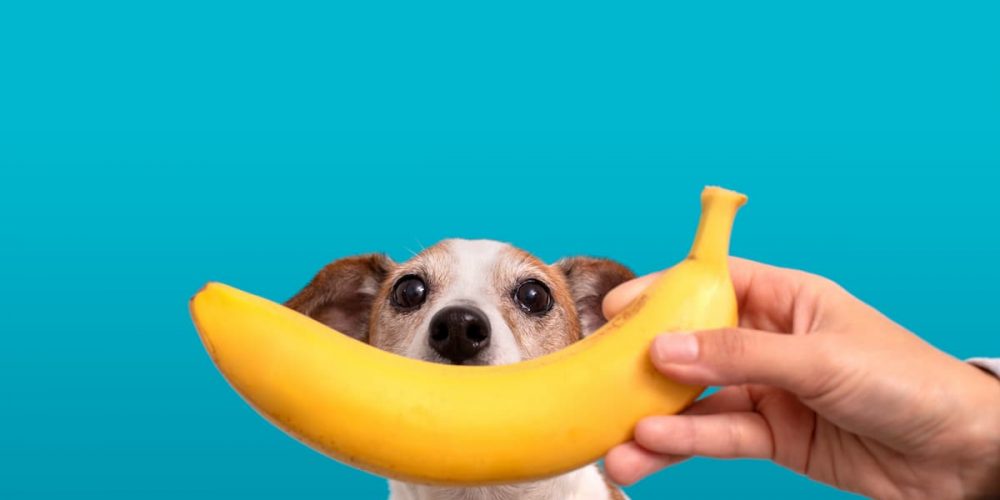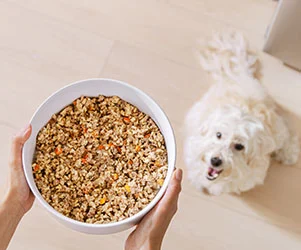Summary
Your dog’s nutrition isn’t just about what’s in the bowl—it’s about how you store it. Proper storage keeps food fresh, safe, and nutritious while preventing spoilage, pests, and harmful bacteria.
Key takeaways:
-
Air, heat, and moisture are the biggest threats to freshness.
-
Keep food in the original bag or a BPA-free airtight container.
-
Store in a cool, dry place, away from sunlight and temperature swings.
-
Follow the “first in, first out” rule—never mix old and new batches.
-
Watch for signs of spoilage and clean bowls daily.
-
For convenience, fresh frozen and shelf-stable meals are safe, travel-ready options.
When it comes to caring for your furry family member, nutrition is a top priority. However, beyond selecting the right formula, another critical factor often overlooked is how you store your dog’s food.
Whether you’re feeding kibble, wet dog food, or a combination of both, proper storage is crucial for keeping your pet’s food safe, maintaining its nutritional value, and preventing spoilage.
Let’s break down the best practices for dog food storage, discuss why airtight containers and food-grade plastic matter, and highlight the best ways to keep both dry dog food and canned dog food fresh and safe for your pet.
Why Does Dog Food Storage Matter?

Most dog owners know to pick high-quality pet food tailored to their dog’s needs, but fewer realize that how they store food can directly affect their dog’s health.
Exposure to air, heat, moisture, and direct sunlight can accelerate oxidation, cause food to spoil, or promote the growth of mold and bacteria.
Improperly stored food not only smells and tastes bad but may also lose essential nutrients or, worse, make your pet sick. For pet parents who invest in premium brands or specialty diets, this is a serious concern.
What are the Storage Requirements for Different Types of Dog Food?
Understanding the types of food you use is the first step toward storing food safely and effectively. Here are some tips for different types.
Dry Dog Food
Dry dog food, or kibble, has a relatively long shelf life, but it’s vulnerable to oxidation and moisture contamination once the bag is opened. If exposed to air or humidity, kibble can become stale, lose nutritional value, or even grow mold.
Wet Dog Food
Meanwhile, wet dog food and canned dog food are preserved through heat and vacuum-sealing, making them shelf-stable until opened. Once opened, however, they require refrigeration and should be consumed within three to five days.
If your household includes both dogs and cats, you’ll need to consider cat food storage as well. The same storage guidelines generally apply; however, it’s essential to store the foods separately to prevent cross-contamination and dietary confusion.
What are the Best Practices for Storing Pet Food?

To keep your pooch’s food safe, here are some of the best practices for storing his food.
Keep It in the Original Bag
One of the most important yet often overlooked steps in dog food storage is retaining the original packaging. These bags are specifically designed to protect food from light, air, and moisture, which are the biggest enemies of freshness. They also feature essential product information, including expiration dates and lot numbers in case of product recalls.
If you prefer to use a plastic container or bin for convenience, consider placing the original bag inside the container rather than pouring the food directly into it. This creates an added layer of protection while making it easier to track product freshness.
Use Airtight, Food-Safe Containers
The right food storage container can make all the difference. Airtight containers with proper sealing mechanisms help prevent air, humidity, and pests from compromising the quality of your dog’s food.
Look for containers made from food-grade plastic or glass containers labeled food-safe and BPA-free. Avoid repurposing generic plastic bins or plastic bags not intended for food storage, as these may leach harmful chemicals or odors into your dog’s meals.
Glass containers are ideal for smaller quantities or leftover wet dog food and are easy to clean. Larger plastic containers, especially those with locking lids and wheels, are practical for holding full bags of dog food while keeping everything tightly sealed and easily movable.
Choose a Cool, Dry Storage Location
Temperature and humidity play a major role in food preservation. The ideal spot to store dog food is in a dry, cool place away from direct sunlight and sources of heat, such as ovens or water heaters.
Room temperature conditions, ranging between 50°F and 80°F (10°C to 27°C), are considered optimal. Never store food in garages, sheds, or cars where temperatures fluctuate drastically or where condensation may develop.
Keeping containers off the floor is also a smart idea, especially in humid climates. This helps prevent moisture seepage from the ground and reduces the risk of pest contamination.
Don’t Forget to Seal It Tight
Whether you’re storing kibble, wet dog food, or a new bag of shelf-stable fresh food, sealing matters. Always close bags or containers tightly after each use.
For kibble, fold the top of the bag and secure it with a clip, or return it to its sealed container. With canned dog food, use a dedicated silicone lid or transfer unused portions into a glass container with an airtight seal and refrigerate immediately.
Understanding Expiration Dates and Rotation
Checking the expiration date before feeding your pet is non-negotiable. Even the best high-quality food loses its potency and safety over time. Once opened, a bag of dog food should be consumed within four to six weeks for optimal freshness.
Be sure to practice the “first in, first out” rule when you buy new food. Use the oldest batch first to reduce waste and avoid serving stale or expired food.
Never mix old and new food in the same bin, as this can spread spoilage and bacteria. Clean your storage container thoroughly before refilling it with a fresh batch.
Watch for Signs of Spoilage
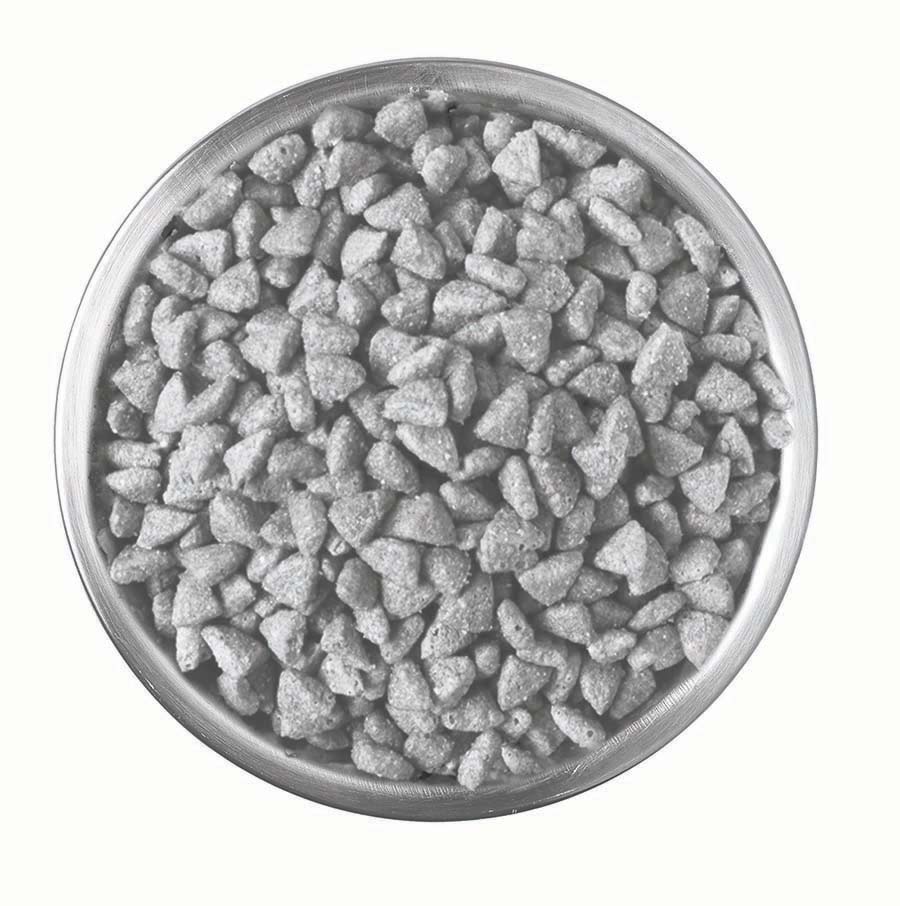
Even with the best dog food storage habits, spoilage can occur. A rancid smell, visible mold, or a sudden refusal to eat could signal that something’s wrong.
If your dog normally devours their meals but suddenly turns up their nose, inspect the food closely. Is there a sour smell? Any discoloration or oily residue? These could indicate that the food has oxidized or become contaminated.
Leftovers from wet dog food should never be left out more than two hours, and uneaten kibble should be discarded at the end of the day. Likewise, if you see pests or condensation inside your storage container, it’s time to clean it out and start fresh.
Don’t Forget the Food Bowls
Clean food bowls are an essential part of the food storage equation. Bacteria can multiply quickly in bowls that aren’t washed regularly, contaminating even the freshest food. Make it a habit to wash bowls daily with warm, soapy water and rinse thoroughly.
For wet dog food, always clean the bowl after every meal. With dry dog food, once per day is sufficient—but don’t let old kibble linger in the bowl between meals.
What are Some Tips for Travel and Convenience?
If you’re taking your pup on a road trip, don’t just throw kibble into a plastic bag and call it a day. Use travel-sized, airtight containers or portion-controlled pouches to preserve the dog food fresh and minimize mess.
Label each portion with the date it was packed and keep it away from direct sunlight or hot car interiors. Additionally, be sure to check it when you go to feed your dog to ensure it hasn’t spoiled.
What are the FDA Guidelines and Safety Practices?
The FDA provides clear guidance on storing pet food safely. Always wash your hands after handling dog food, clean your storage container regularly, and avoid mixing new food with remnants of the old.
Store all food, especially dry pet food, in clean, dry, and cool areas, and use only containers labeled as food-safe or food-grade plastic.
By following these recommendations, you’ll reduce the risk of contamination and keep your pet’s food safe and delicious.
What about fresh dog food?
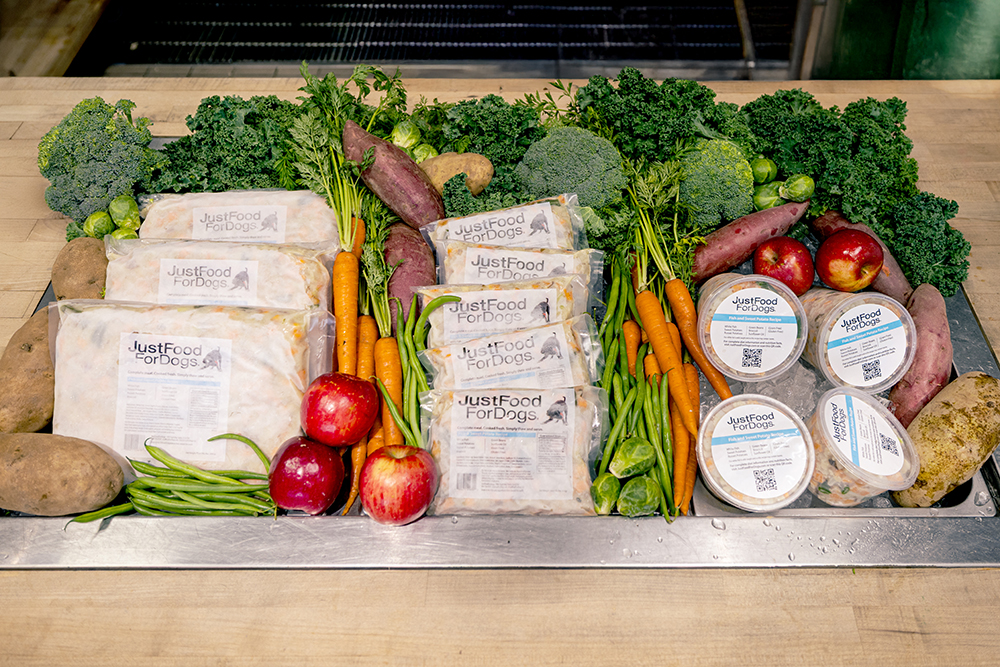
For pet owners seeking simplicity, JustFoodForDogs offers a viable alternative to traditional dry pet food and canned dog food. Fresh dog food is made from whole ingredients and comes in two storage-friendly formats: frozen and shelf-stable.
Frozen meals can be kept in your home freezer and pulled out as needed. Since these portions are vacuum-sealed, there’s no need to worry about oxidation or contamination. Once thawed, they last up to four days in the refrigerator, much like freshly cooked food for humans. You can store any leftovers in a container.
For even greater convenience, shelf-stable fresh meals provide the same quality and freshness in a format that doesn’t require refrigeration until opened. These are especially handy for travel, emergency kits, or dog sitters, and they’re easy to portion and store in a food storage container or kitchen cabinet.
Simply open, serve, and store any leftovers in your refrigerator.
Final Thoughts: Store Smart, Feed Better
Whether you’re using kibble, canned dog food, or fresh meals, the key to optimal pet food storage is consistency and awareness.
Storing food in the original packaging, using airtight containers, keeping everything in a dry place, and monitoring expiration dates are simple steps that protect your pet’s health and extend the life of their food. After all, a happy, healthy dog starts with a safe, nutritious bowl of food.
This content is for informational use only and does not replace professional nutrition and/or medical advice, diagnosis, or treatment. It is not a substitute for and should not be relied upon for specific nutrition and/or medical recommendations. Please talk with your veterinarian about any questions or concerns.
Sources
No, Is. 2023. “Offering Spoiled Food Is No Way to Spoil Your Pet.” Tamu.edu. June 29, 2023. https://stories.tamu.edu/news/2023/06/29/offering-spoiled-food-is-no-way-to-spoil-your-pet/.
Hart, Hannah. 2025. “How to Store Dog Food.” Petmd.com. PetMD. June 25, 2025. https://www.petmd.com/dog/nutrition/how-to-store-dog-food.
“The Scoop on Storing Pet Food – Petfoodology.” 2020. Tufts.edu. October 26, 2020. https://sites.tufts.edu/petfoodology/2020/10/26/the-scoop-on-storing-pet-food/.
Park, Dongbin, Hyun Jung Lee, Anand Kumar Sethukali, Dong-Gyun Yim, Sungkwon Park, and Cheorun Jo. 2024. “Effects of Temperature on the Microbial Growth and Quality of Unsealed Dry Pet Food during Storage.” Food Science of Animal Resources 45 (2): 504–16. https://doi.org/10.5851/kosfa.2024.e51.
USDA. 2019. “Food Product Dating | Food Safety and Inspection Service.” Www.fsis.usda.gov. October 2, 2019. https://www.fsis.usda.gov/food-safety/safe-food-handling-and-preparation/food-safety-basics/food-product-dating.
Kępińska-Pacelik, Jagoda, and Wioletta Biel. 2021. “Microbiological Hazards in Dry Dog Chews and Feeds.” Animals 11 (3): 631. https://doi.org/10.3390/ani11030631.
Medicine, Center for Veterinary. 2020. “Proper Storage of Pet Food & Treats.” FDA, April. https://www.fda.gov/animal-veterinary/animal-health-literacy/proper-storage-pet-food-treats.

